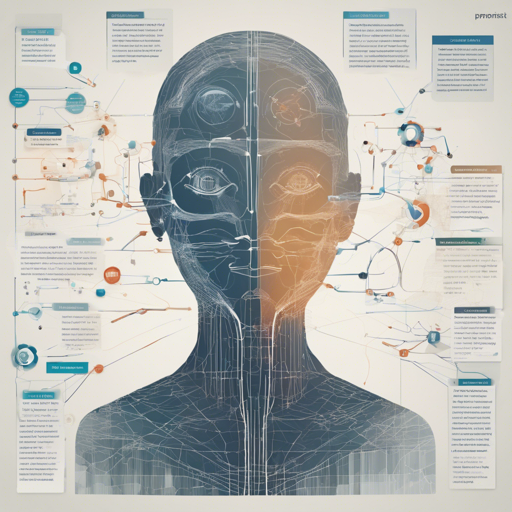Welcome to a fascinating dive into the world of natural language processing! Today, we are going to explore how to use the Prompsit paraphrase-bert-pt model, which is specifically designed to evaluate paraphrases of given phrases. Imagine you have a powerful tool at your disposal that can determine if two phrases convey the same meaning; that’s what this model does!
Getting Started: What You Need
To use this model, you’ll need to have PyTorch and Transformers library installed in your Python environment. If you haven’t set them up yet, you can install these libraries using pip:
- For PyTorch:
pip install torch - For Transformers:
pip install transformers
Loading the Model
Once you have your environment set, it’s time to load the model. You will be importing necessary libraries, initializing the tokenizer, and loading the pre-trained parameters:
import torch
from transformers import AutoTokenizer, AutoModelForSequenceClassification
tokenizer = AutoTokenizer.from_pretrained("Prompsitparaphrase-bert-pt")
model = AutoModelForSequenceClassification.from_pretrained("Prompsitparaphrase-bert-pt")Think of this model as a highly-trained linguist who has studied the nuances of the Portuguese language. Just as a linguist can compare two phrases and determine their similarities, this model uses techniques learned from vast text datasets to provide you with probabilities of paraphrasing. Now, you can input phrases into this model!
Evaluating Phrases for Paraphrasing
To see the model in action, let’s evaluate if “logo após o homicídio” is a paraphrase of “pouco depois do assassinato”. Here’s how you can go about it:
input = tokenizer("logo após o homicídio", "pouco depois do assassinato", return_tensors="pt")
logits = model(**input).logits
soft = torch.nn.Softmax(dim=1)
print(soft(logits))In this analogy, the model hands you a probability score for each phrase, akin to a judge giving a score for performances. A result like tensor([[0.2137, 0.7863]]... indicates that the first phrase has a 21.37% chance of not being a paraphrase, while there’s a remarkable 78.63% chance that they are indeed paraphrases!
Understanding the Results
The different probabilities correspond to the following classes:
- 0: Not a paraphrase
- 1: It’s a paraphrase
Evaluation Metrics
The model has been put to the test with a dataset of 16,500 phrase pairs. Here’s how it performed:
- Test Loss: 0.6074
- Test Accuracy: 0.7809
- Test Precision: 0.7158
- Test Recall: 0.4055
- Test F1 Score: 0.5177
- Matthews Correlation: 0.4160
- Runtime: 16.4585 seconds
- Samples Per Second: 607.587
- Steps Per Second: 19.017
Troubleshooting
If you encounter any issues while working with this model, consider the following troubleshooting tips:
- Ensure that both PyTorch and the Transformers library are correctly installed and up-to-date.
- Verify that you are using the correct model name when loading the AutoTokenizer and AutoModelForSequenceClassification.
- Consult the official documentation for any additional troubleshooting resources.
For more insights, updates, or to collaborate on AI development projects, stay connected with fxis.ai.
Conclusion
By leveraging the Prompsit paraphrase-bert-pt model, you are stepping into a domain that makes machines better at understanding human language. This is crucial in applications like chatbots, translation services, and content generation. At fxis.ai, we believe that such advancements are crucial for the future of AI, as they enable more comprehensive and effective solutions. Our team is continually exploring new methodologies to push the envelope in artificial intelligence, ensuring that our clients benefit from the latest technological innovations.

